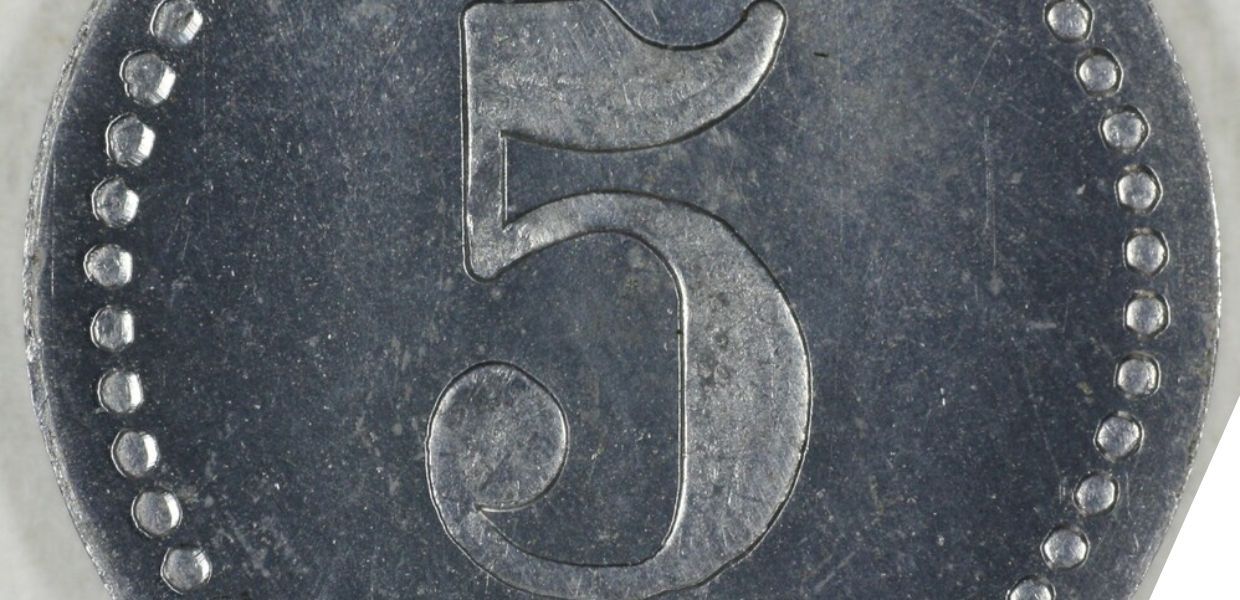As part of Europeana 2025: Preserve, Protect, Reuse, I was delighted to explore funding for digital cultural heritage as I moderated the 'Funding the future' panel. During the discussions, we heard about:
Creative Europe, supporting cultural and creative sectors, presented by Aleksandra Jankowska (Creative Europe Desk Poland)
ECHOES Cascading Grants, presented by Johan Oomen (Netherlands Institute for Sound & Vision)
Speakers shared deadlines, figures and practical tips. As always, the opportunities are there – but the landscape can feel overwhelming.
If you’re working in digital cultural heritage and looking into EU calls, tenders or project funding, here are five things to keep in mind – drawn from our discussion in Warsaw and more than 10 years of my own experience writing tenders, evaluating, and applying for funding.
1. Start close to home
Interested in EU funding? You don’t need to navigate it alone. Creative Europe Desks or Horizon info points offer free advice – use them! They’re there to help, funded by taxpayers like you. Most EU programmes have their own information points, while local EU centres such as Europe Direct can also provide valuable insights.
Need inspiration? Browse EU-funded projects, especially those marked as good practices. Explore databases of Horizon or Creative Europe projects. Find similar initiatives from your country or sub-sector. Reach out, exchange and learn.
At Europeana 2025, the Polish Creative Europe Desk highlighted Forgotten Heritage, a project connecting partners from Poland, Belgium, Croatia and Estonia. There are numerous good examples – you’ll definitely find something interesting and relevant.
2. Try – even if you’re unsure
Writing proposals can feel daunting, but you won’t succeed if you don’t try. Many funded projects are reworked versions of earlier, unsuccessful ideas.
Working with partners – even if you don’t end up applying – can help clarify and strengthen your project. And yes, sometimes it really is about the journey and the friends you make along the way.
3. Think beyond the usual suspects
EU programmes like Horizon and Creative Europe are well-known – but also competitive. Other sources might suit your project better.
Look into cascading grants from other projects (like ECHOES or 3DBigDataSpace mentioned at Europeana 2025), as well as national, regional, or local funding. Business support, loans, or venture capital – often backed by the EU – could also be options (find out more).
Philanthropic funding is worth exploring too. To see the trends in foundations’ support for arts and culture, check out the Arts and Culture Funders Forum by Philea – Philanthropy Europe Association, with the repositories they publish and events they organise. Foundations often have simpler processes, with less red tape. For instance, see the Culture of Solidarity Fund from the European Cultural Foundation.
4. Use what’s already mapped
Don’t start from scratch. Tools like CulturEU funding guide or So You Need Money! can help you explore options – including public funding, but also microgrants, philanthropy, or venture funding.
Pan-European cultural networks often share tips, guides, and funding opportunities. Here’s a list of networks currently supported by Creative Europe - with links to their sites.
5. Zoom out
Funding doesn’t exist in a vacuum. Think about the bigger context: which strategies, key documents, or policies does this funding support? What challenges does your project address? Do you have data and thorough needs analysis to back it up?
Also consider timing: how does your project align with upcoming events, milestones, or political priorities? Thinking this way makes for a stronger, more strategic proposal – and shows evaluators that you’ve done your homework.
Being part of pan-European networks and initiatives like the Europeana Network Association and the common European data space for cultural heritage is a great way to stay informed about EU political strategies, priorities and emerging funding opportunities.
The times they are a-changin’ – and so is EU funding
At Europeana 2025, we also looked ahead: the next EU long-term budget (2028-2034) is coming soon, with the proposal of the European Commission expected in July this year. Will culture and digital cultural heritage be considered important in a changing Europe? We’ll find out soon. And then – the negotiations between the Council of the EU (national ministries) and the European Parliament will begin.
Advocacy will be crucial and cultural voices must speak up to secure a place in the future EU budget. This will be the crucial moment to address our Members of the European Parliament and our governments, involved hands-on in the budgetary negotiations and decisions.
Want to learn more? Read Europeana’s take on why digital heritage matters in the next EU long-term budget, and stay up to date with campaigns such as Cultural Deal for Europe, which calls for culture and cultural heritage to be a strategic EU priority.
If you missed our session, you can still watch it online, along with other Europeana 2025 panels, through the Youtube playlist.


